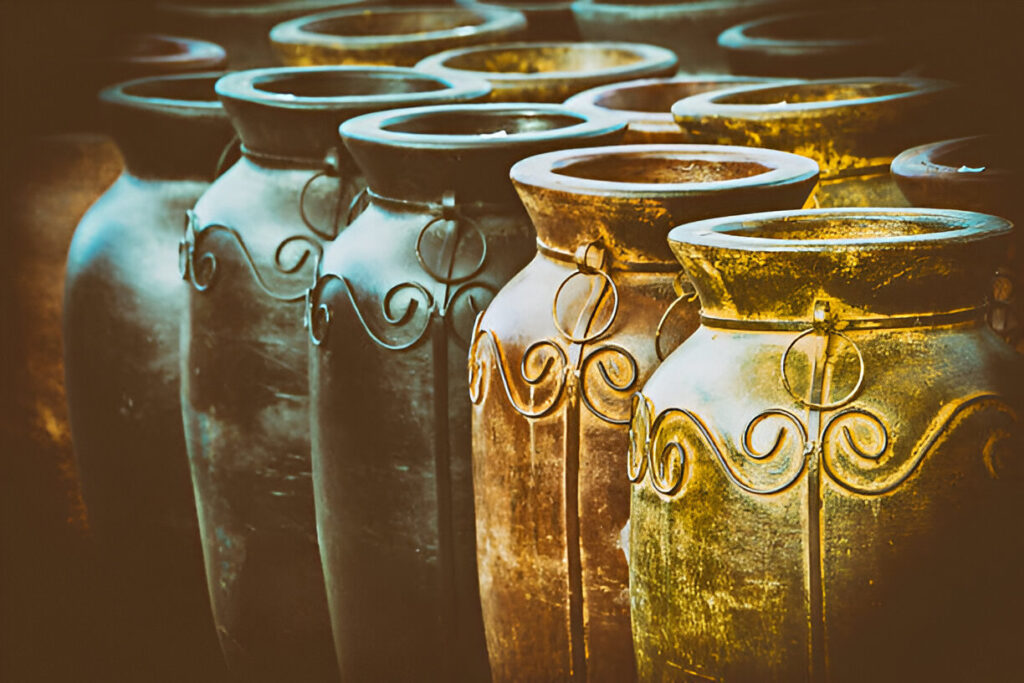Bronze casting has been used to create masterpieces since the ancient era. Ancient developers used this technological procedure, filling molds with hot bronze to make diverse objects, and the technique significantly improved over multiple generations.
Historical Overview
Bronze casting has existed for more than six thousand years. Throughout history, the Mesopotamian people and other early civilizations employed lost-wax casting to create complex bronze sculptures with tools. Wax modeling ended in clay clothing followed by heating to melt the wax, which released a mold that received poured molten bronze.
Through this method, the artisans created a resilient final version of the primary model. Since the beginning, this method has been the essential foundation for creating bronze objects in current manufacturing techniques.
The Modern Bronze Casting Process
Bronze castings increased their efficiency and precision throughout modern times. Various significant manufacturing steps form the basis of this process.
- Model Creation: An artist starts sculpting an original design using materials such as clay or wax.
- Mold Making: An elastic rubber mold is made to replicate its shape precisely. After the rubber has cured, it becomes hard enough for a plaster or fiberglass “mother mold” to emerge.
- Wax Casting: The mold receives molten wax to create an empty wax replica of the original sculpture. The chaser technique defines the correct areas on the wax model, and different parts are then assembled.
- Spruing: The casting process requires attaching sprues (wax rods) to the wax model. This enables molten bronze flow and gas release during casting.
- Ceramic Shell Application: Repeated dipping of a wax model with sprues into a ceramic slurry and coating with fine sand will eventually form a firm, heat-resistant shell.
- Wax Removal: Melted wax drains away while draining through the hollow ceramic model in a kiln heated to achieve wax melting. A hollow ceramic shell is produced.
- Bronze Pouring: A 1,200-degree Celsius molten bronze could now be poured into a ceramic mold.
- Shell Removal and Finishing: Once it is hard, it can be retrieved from the ceramic shell. Next, the artifact undergoes cleaning procedures, which eliminate all remaining sprues. Metal craftsmen execute “metal chasing” as the final phase for detailed work, which includes improving features and removing surface defects.
- Patination: The bronze patination process is complete when chemical solutions tint the surface while creating the preferred finish.
Applications of Bronze Castings
Bronze castings have excellent strength, remarkable durability, and resistance to corrosive effects, making them suitable for numerous uses.
Art and Sculpture: Bronze is molded by the sculptor to form a figure that then becomes a monument owing to its precision and patina features given over time.
Industrial Parts: Thanks to its mechanical advantages, bronze is suitable for production in bearings, bushings, and gears designed for low-friction operations and high resistance to wear.
Marine Hardware: It’s so good that it protects against all damage from saltwater in terms of marine hardware, making it ideal for equipment that goes into the water and with that propeller.
Architectural Elements: Bronze helps architects design long-lasting, aesthetic architectural elements such as doors, railings, and decorative pieces in the buildings.
Conclusion
Bronze casting is a traditional artwork that is now combined with modern techniques to make functional crafts. Different foundries recognize the importance of sustaining age-old practices to produce numerous bronze castings that maintain top-quality standards for various industries. The ancient practice of bronze casting continues to be vital due to technological progress because humans maintain their dedication to artistic and engineering excellence.



